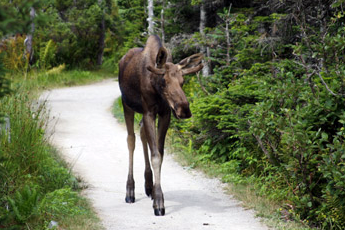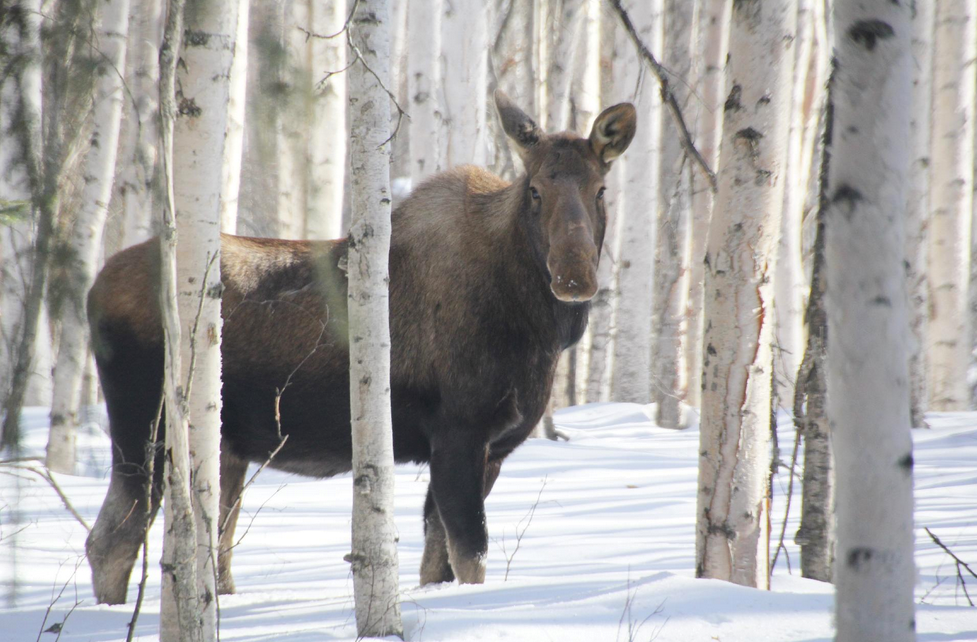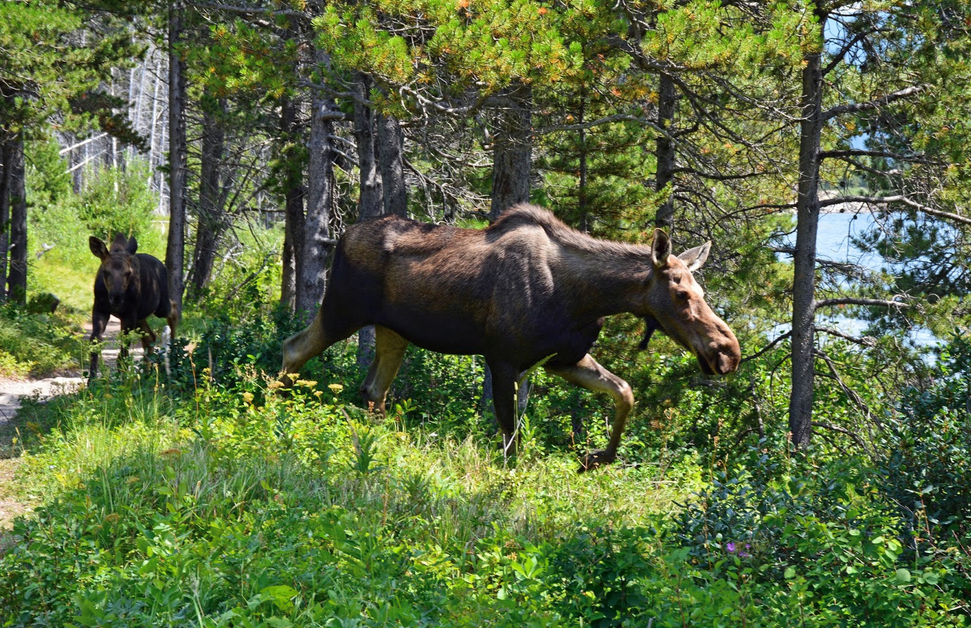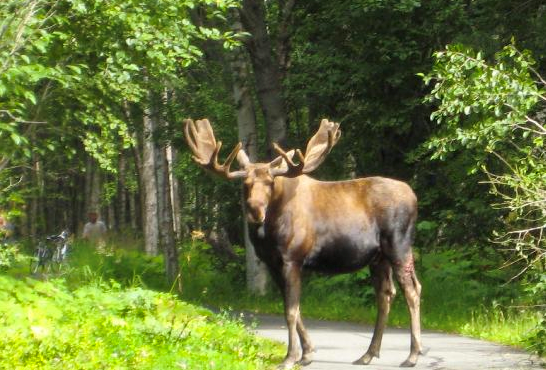 Anchorage is bear country! Both black and brown bears live within the Anchorage municipality, and visitors to parks or trails should always follow bear-aware practices. Your safety, that of other trail users, and the bears themselves, depends on it.
Anchorage is bear country! Both black and brown bears live within the Anchorage municipality, and visitors to parks or trails should always follow bear-aware practices. Your safety, that of other trail users, and the bears themselves, depends on it.
Read the tips below while recreating in any Anchorage park or on a trail:
- Buddy up. You are safer in a group.
- Make Noise, especially while walking in brushy areas or along stream banks.
- Leave ear buds at home. Stay aware of your surroundings at all times.
- Carry bear spray. Have it accessible and know how to use it.
- Never leave food or fish (if along a stream) unattended. A fed bear is a dead bear! Pack out or throw away trash in bear-proof can.
- Mountain biking? Consider slowing down to avoid triggering a bear's chase response.
- Leash all dogs at all times. Unleashed pets can startle a bear and bring it back to you.
- Never run from a bear. Stop, group up, talk to the bear and let it know you are human. Back slowly away and allow the bear space.
For more bear safety information go to
http://www.alaskabears.alaska.gov/
Occasionally, a bear will become conditioned to human activity, especially in areas bordering forestland. The
Anchorage Bear Committee encourages all park users to report bears acting aggressively or showing no fear of people. The Alaska Department of Fish and Game has a reporting portal for members of the public to input information, used to inform land managers about recent bear and wildlife related issues. See the link to ADF&G, above in the sidebar.




Moose In Anchorage
Know Before You Go
Moose Safety
Anchorage has a thriving moose population, and is perhaps the most famous of its urban wildlife. With an estimated population of 1,600 in the Anchorage Bowl alone, moose can and do appear in many parks and along trails at all times of the year. Known for their enormous size (male moose can reach six feet at the shoulder and weigh in at 2,000 pounds) and ability to kick with all four feet, moose are normally content to browse on grasses, leaves, and branches and generally cause little trouble. But -- moose can easily become agitated if humans, dogs, or natural predators enter their space, particularly during the fall rut (breeding season) and in the spring when calves are born. It is imperative that people never approach a moose for any reason. Look for warning signs: ears pinned back, hackles up on neck, and a lowering of the head. If you see these, move away quickly.
Safety Tips
Below are tips to stay safe around moose:
- Make lots of noise when hiking and walking parks or trails.
- Keep dogs on a leash at all times. Many a pet has been fatally injured by a kicking moose.
- Most moose are more aggressive in calving (spring), and breeding (fall), seasons, but if feeling threatened, can react quickly. Know the warning signs.
- Don’t ever come between a cow and its calf.
- Mountain bikers should avoid single track trails from mid-May through late June, while calves are young and cows are very protective.
- Aggravated moose have their ears laid back, the hair on their neck standing up, and they may start licking their lips or stomping the ground.
- If a moose charges, get something between you (like a tree or car). It is OK to run from moose (as opposed to standing your ground against a bear).
- Do not ever feed moose. A $300 fine may be levied against anyone intentionally feeding wildlife, and a habituated moose is more likely to become aggressive.
Additional Information
For more information about Alaska's moose population, visit the Alaska Department of Fish and Game's site on basic moose life history, range, habitat and more.
The ADF&G also publishes an excellent resource titled "Living with Moose."